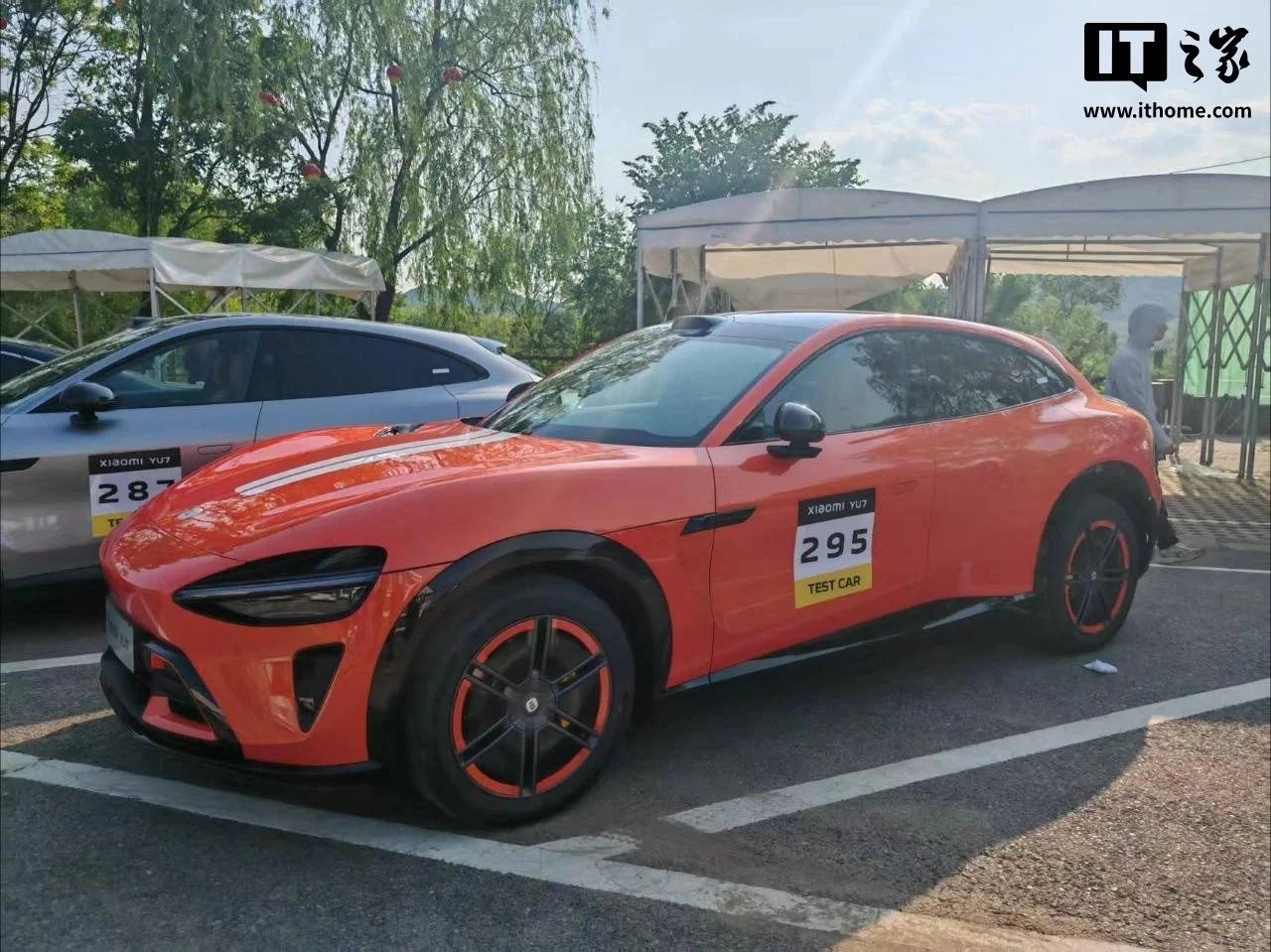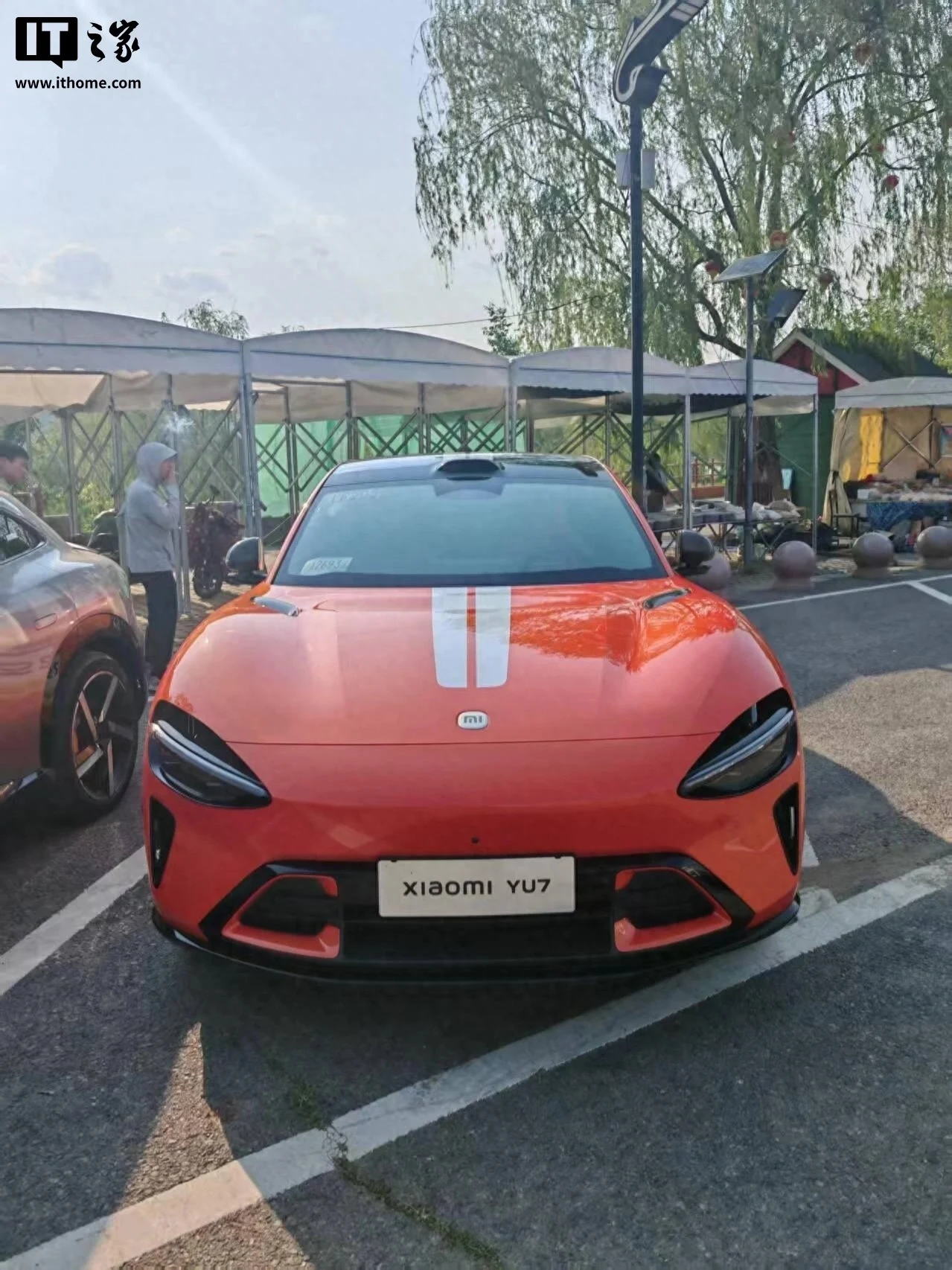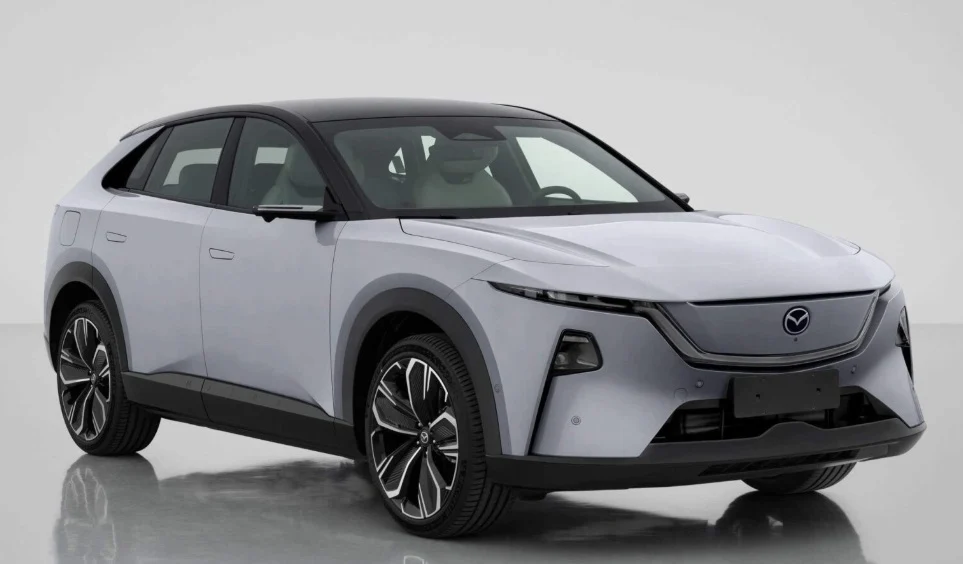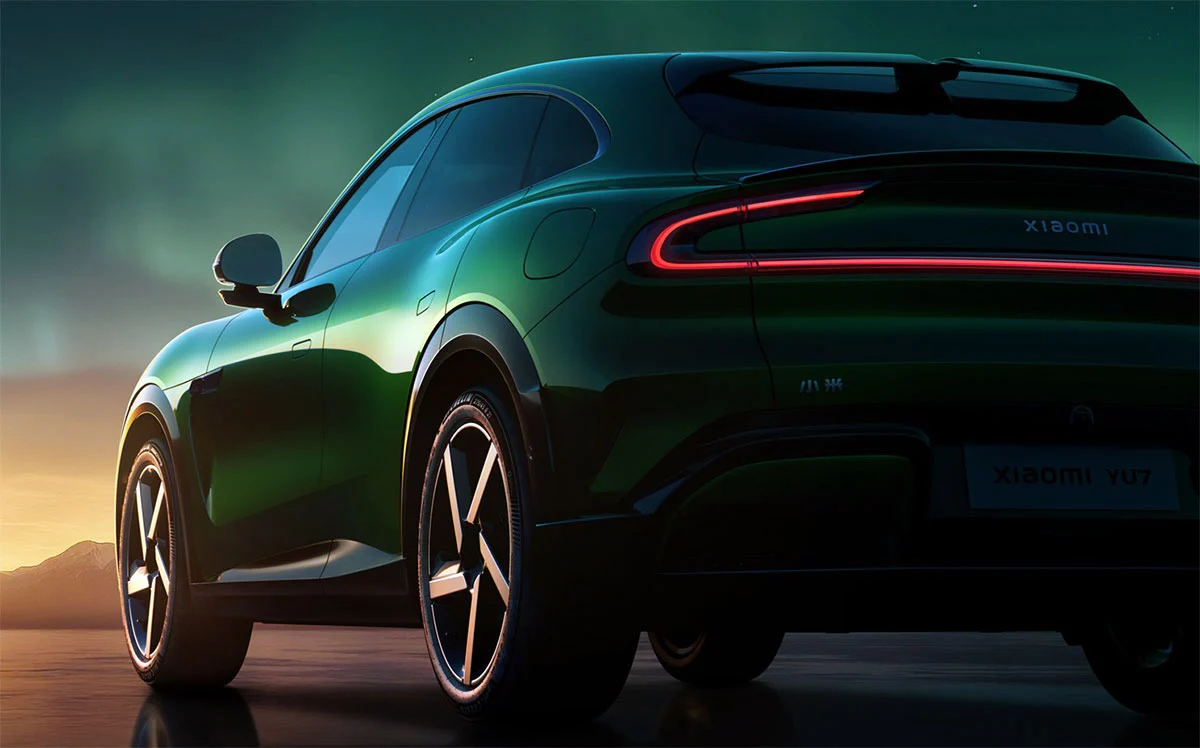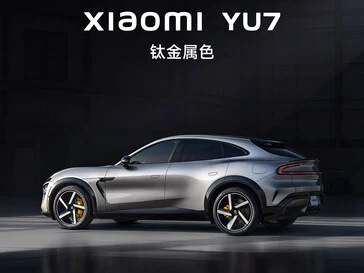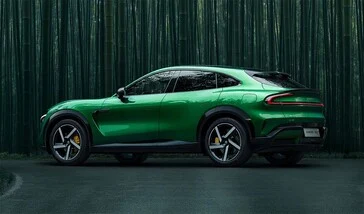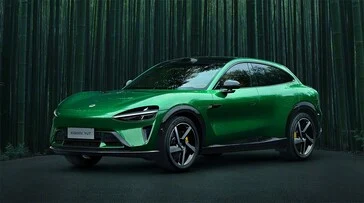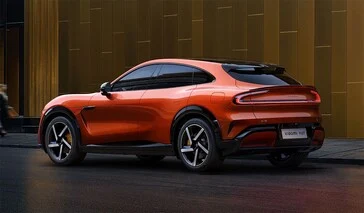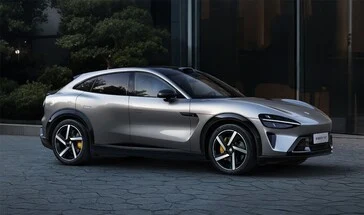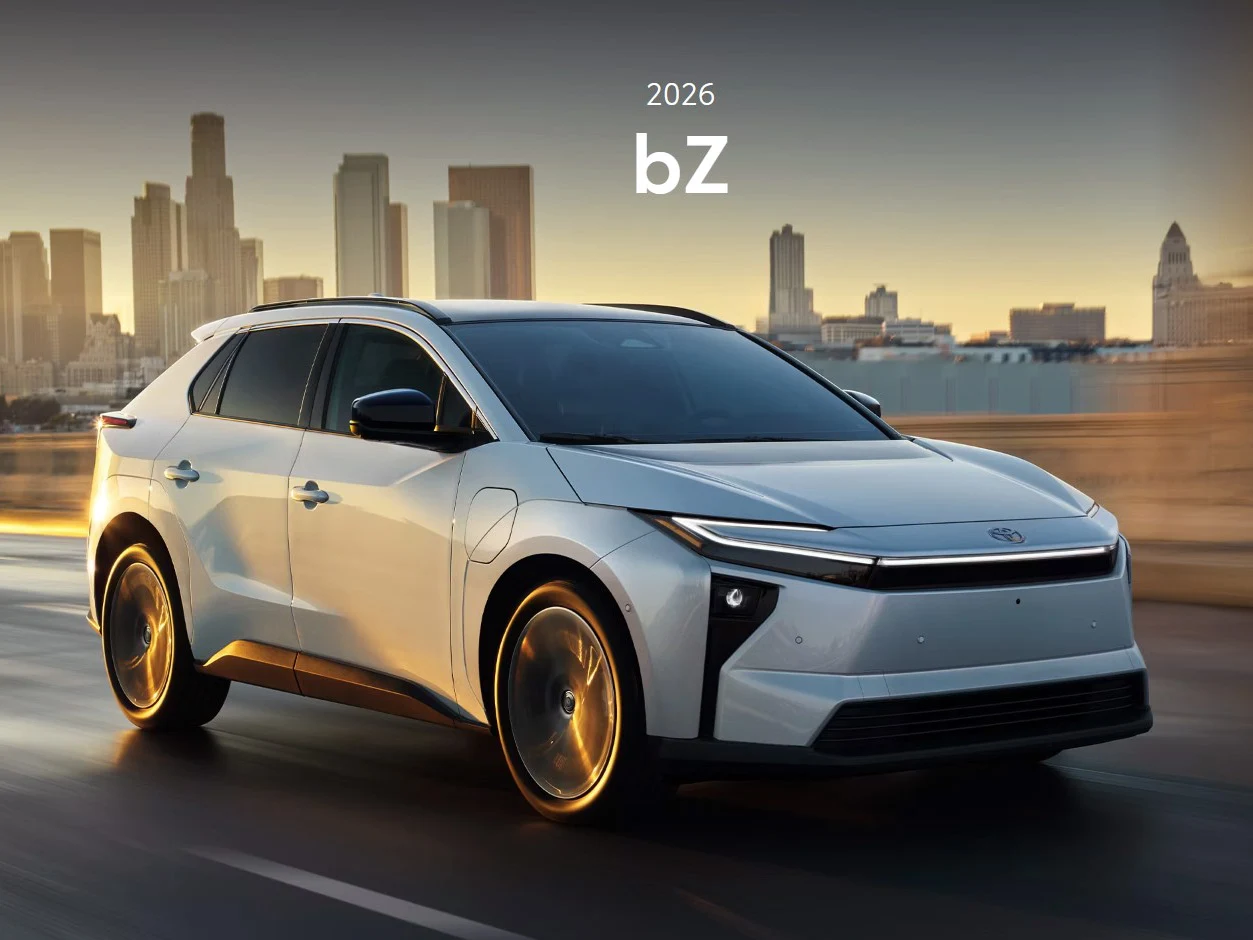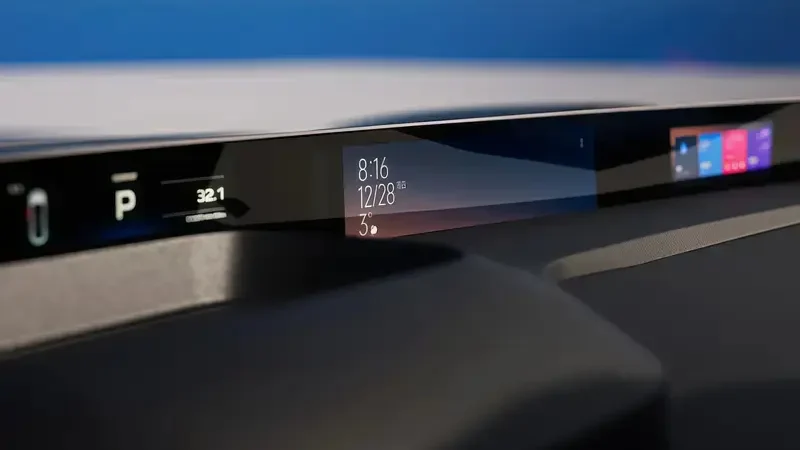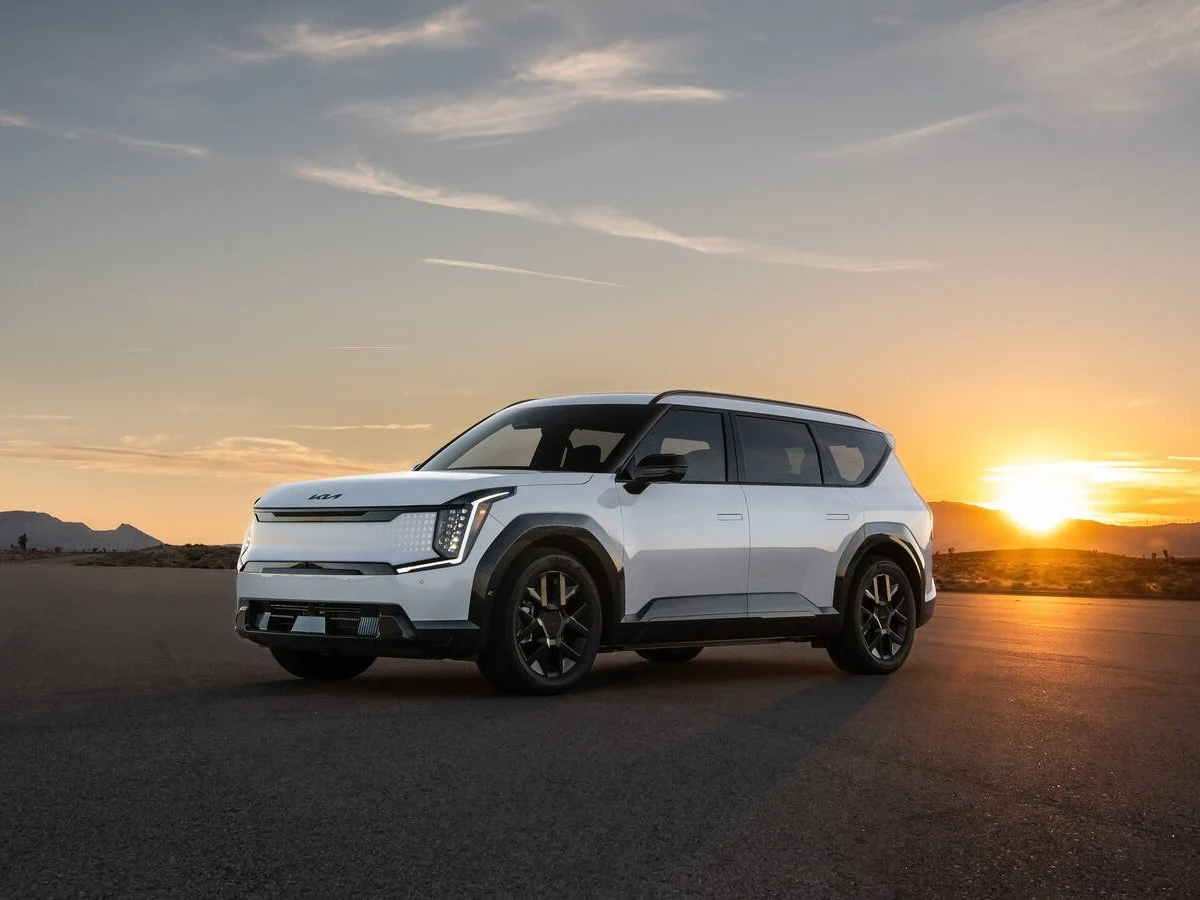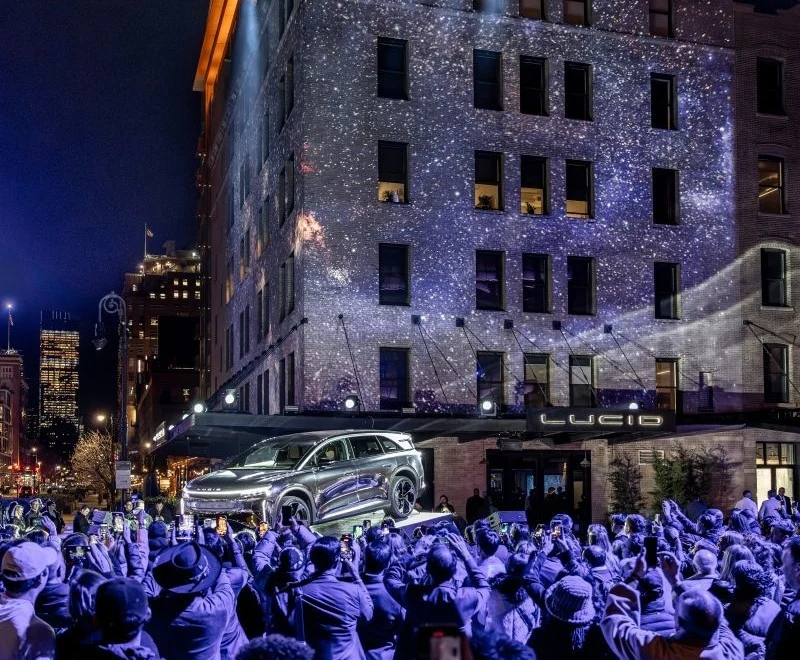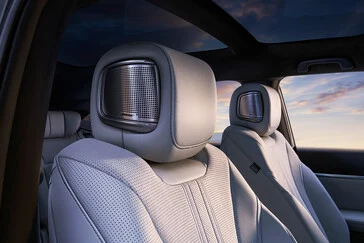Key Takeaways
1. The Xiaomi YU7 electric SUV features a striking lava orange color and will also be available in emerald green and titanium.
2. It includes advanced design features such as a closed grille, triangular vents, and a full-width C-shaped taillight.
3. The SUV is powered by the NVIDIA Thor platform, with advanced sensors and cameras for assisted driving technology.
4. Interior comfort includes zero-gravity massage front seats, electrically adjustable rear seats, and a 6.68-inch rear control screen.
5. The YU7 offers three powertrain options with varying performance, ranges, and acceleration times, catering to different driver needs.
Xiaomi has just revealed its new electric SUV, the Xiaomi YU7, showcasing its striking lava orange color for the first time. This confirms one of the three color choices announced earlier, which also includes emerald green and titanium. The YU7 is set to hit the market in July, and it will come in three models: YU7, YU7 Pro, and YU7 Max.
Design Features
At the front, the YU7 features a closed grille design that highlights a silver Xiaomi logo. The design includes triangular vents on each side and a central trim piece that matches the color of the body. The headlight setup is integrated into a hollow air duct and offers 180-degree wide-angle illumination.
Dimensions and Aesthetics
The SUV sports a fastback design, and at the rear, it boasts a full-width C-shaped taillight with a clear cover. The dimensions of the car are 4999 mm in length, 1996 mm in width, and 1600 mm in height, with a wheelbase measuring 3000 mm. The lava orange variant also features white decals and wheels that are semi-enclosed and color-matched.
Performance and Technology
All versions are powered by the NVIDIA Thor platform, delivering 700 TOPS of computing power. The standard configuration includes 1 lidar, 1 4D radar, 11 high-definition cameras, and 12 ultrasonic sensors to support Xiaomi’s assisted driving technology.
Inside, the YU7 is designed with a wraparound cockpit and features a large floating central screen. Xiaomi has replaced the flip-up display from the SU7 with the new Sky Screen panoramic display. It comes with a handheld gear shifter, dual wireless phone charging spots, and a fresh horizontal cup holder design.
Comfort and Convenience
The front seats are equipped with zero-gravity massage functionalities, featuring a one-touch recline and a recovery mode. The rear seats can adjust electrically up to 135 degrees, and there’s a 6.68-inch screen located behind the center armrest for controlling media, navigation, and vehicle settings. Additionally, a built-in fridge and 4/6 split rear seats are also part of the package.
Powertrain Options
The YU7 offers three powertrain choices. The base model is equipped with a single motor delivering 235 kW and 528 Nm of torque, achieving 0–100 km/h in 5.88 seconds, with a 96.3 kWh battery that offers an 835 km CLTC range. The YU7 Pro has dual motors, producing 365 kW and 690 Nm, reaching 0–100 in 4.27 seconds, with a range of 770 km. Finally, the YU7 Max delivers 508 kW, 866 Nm, going from 0–100 in 3.23 seconds, and is powered by a 101.7 kWh battery providing a 760 km range.
